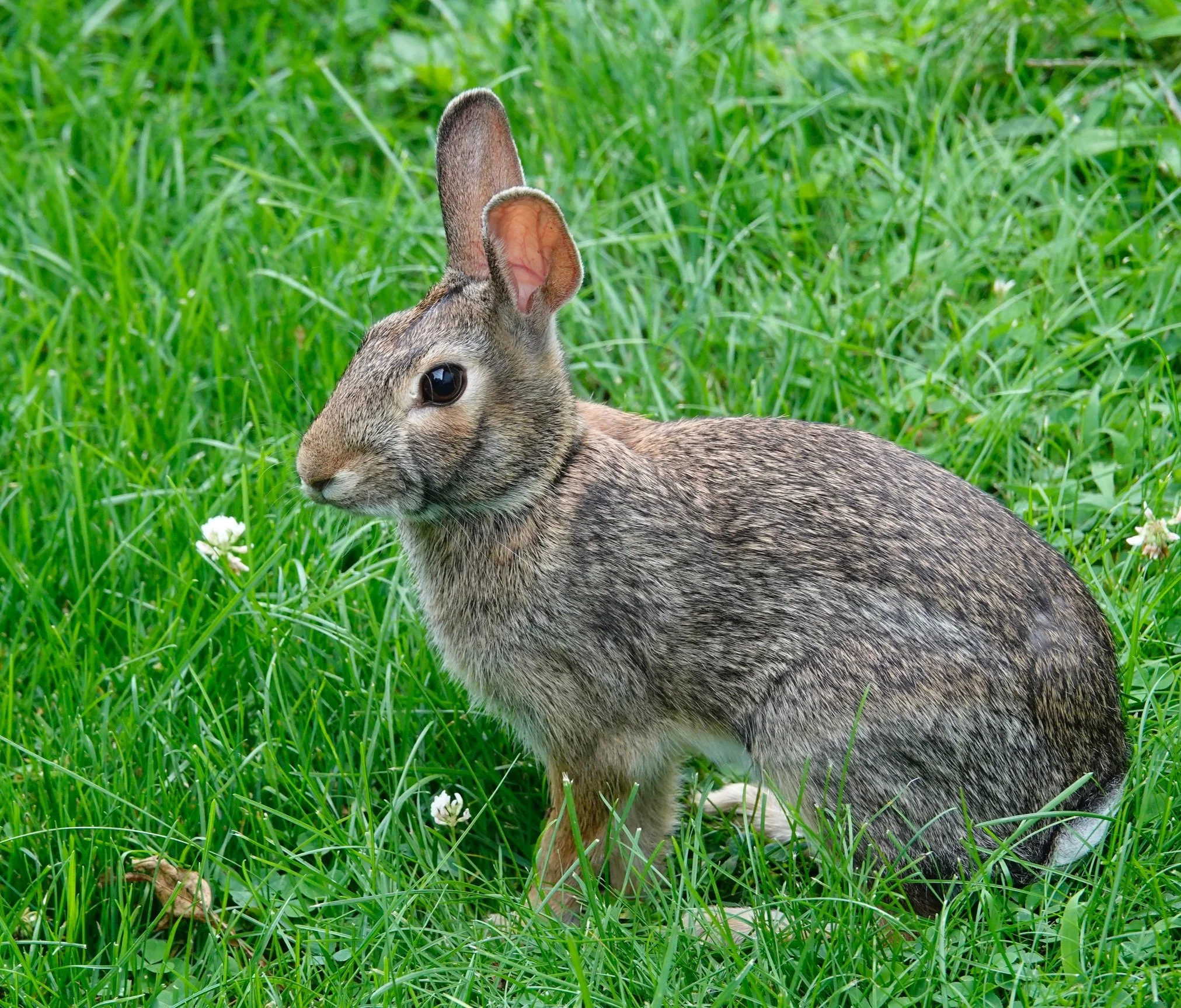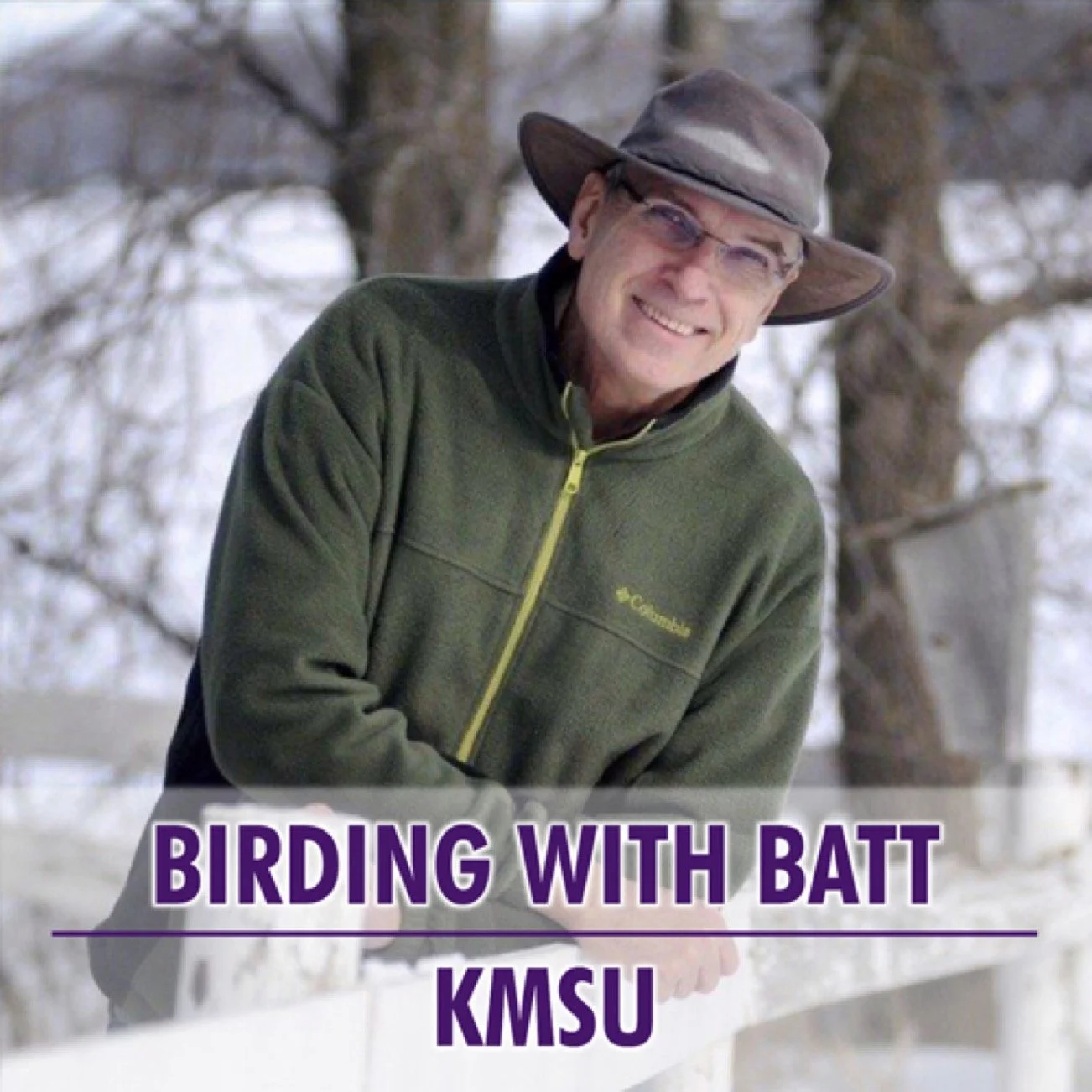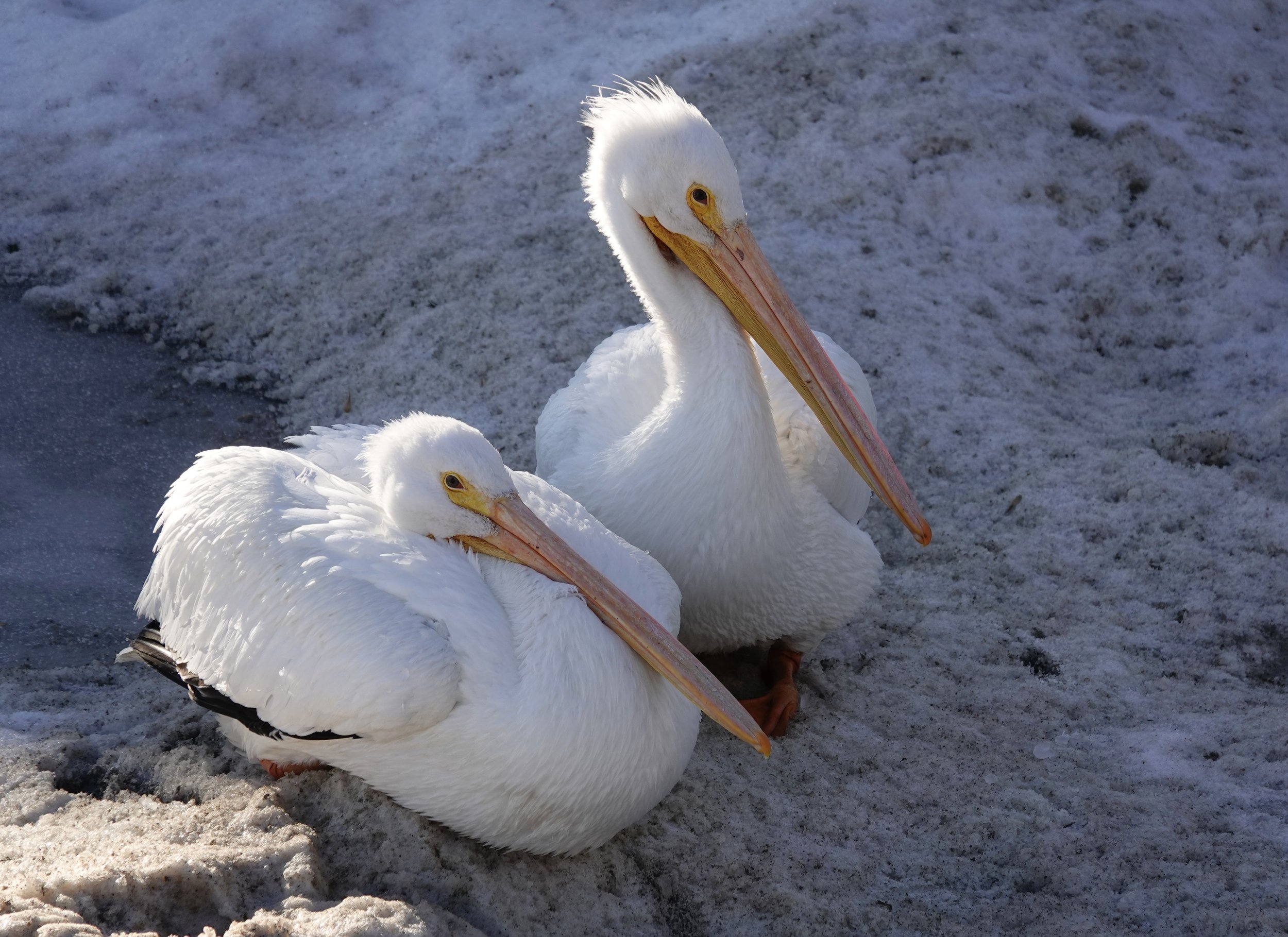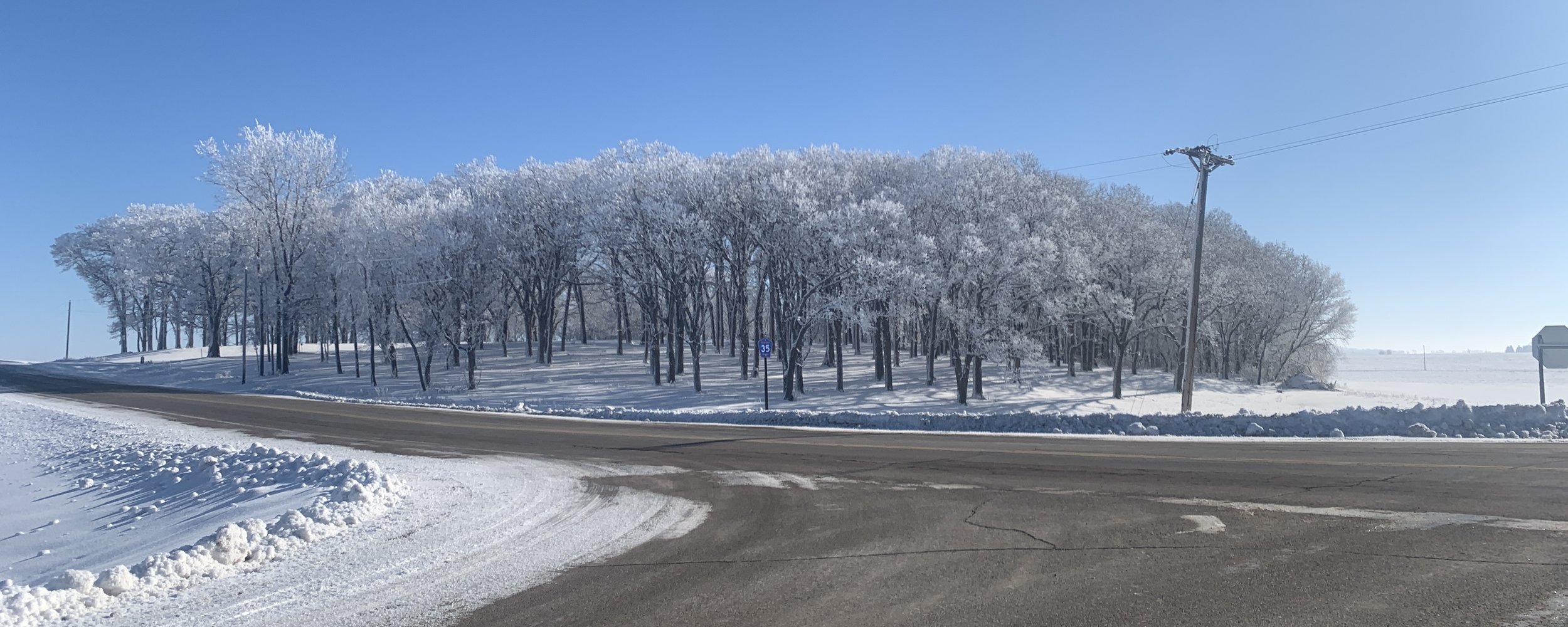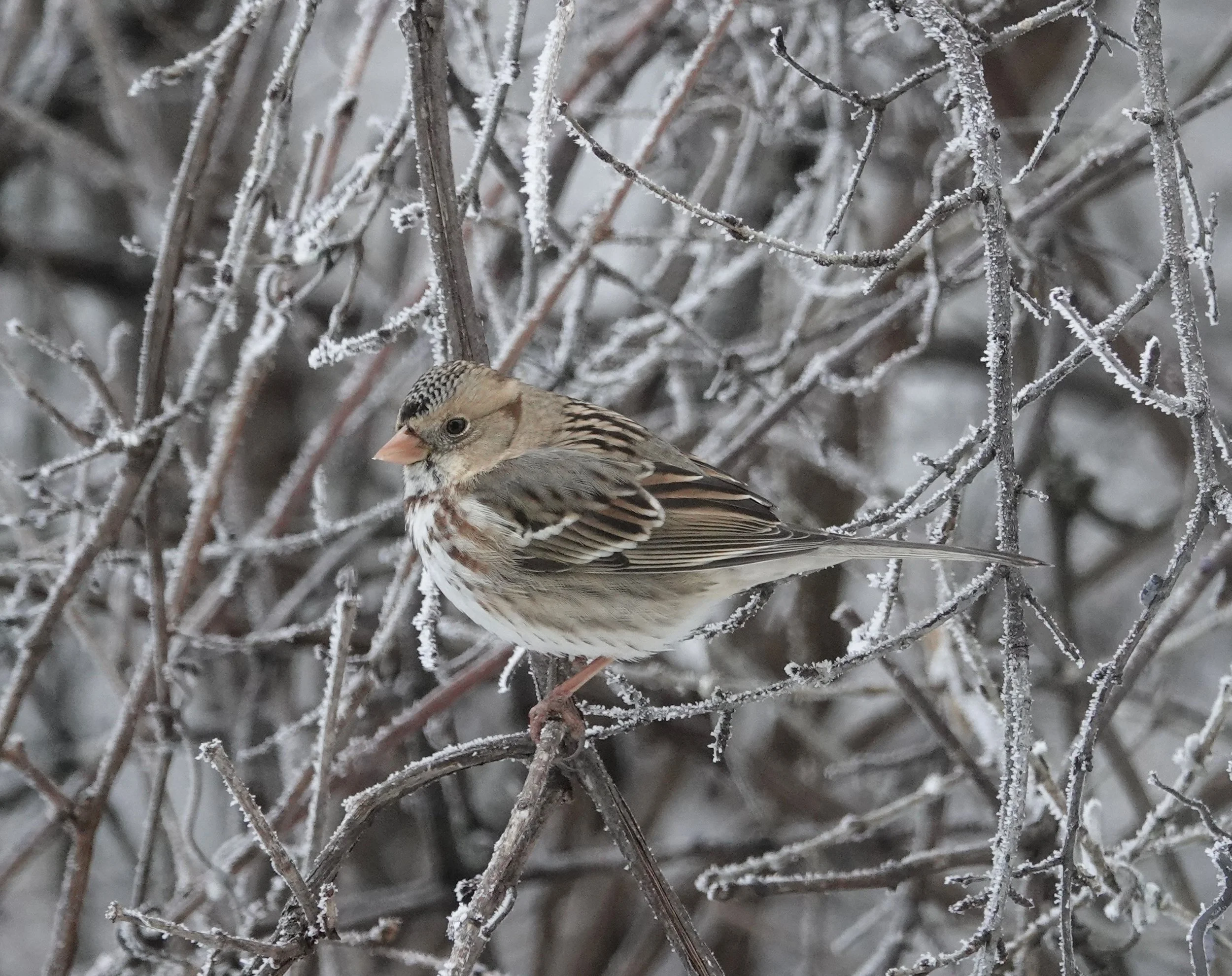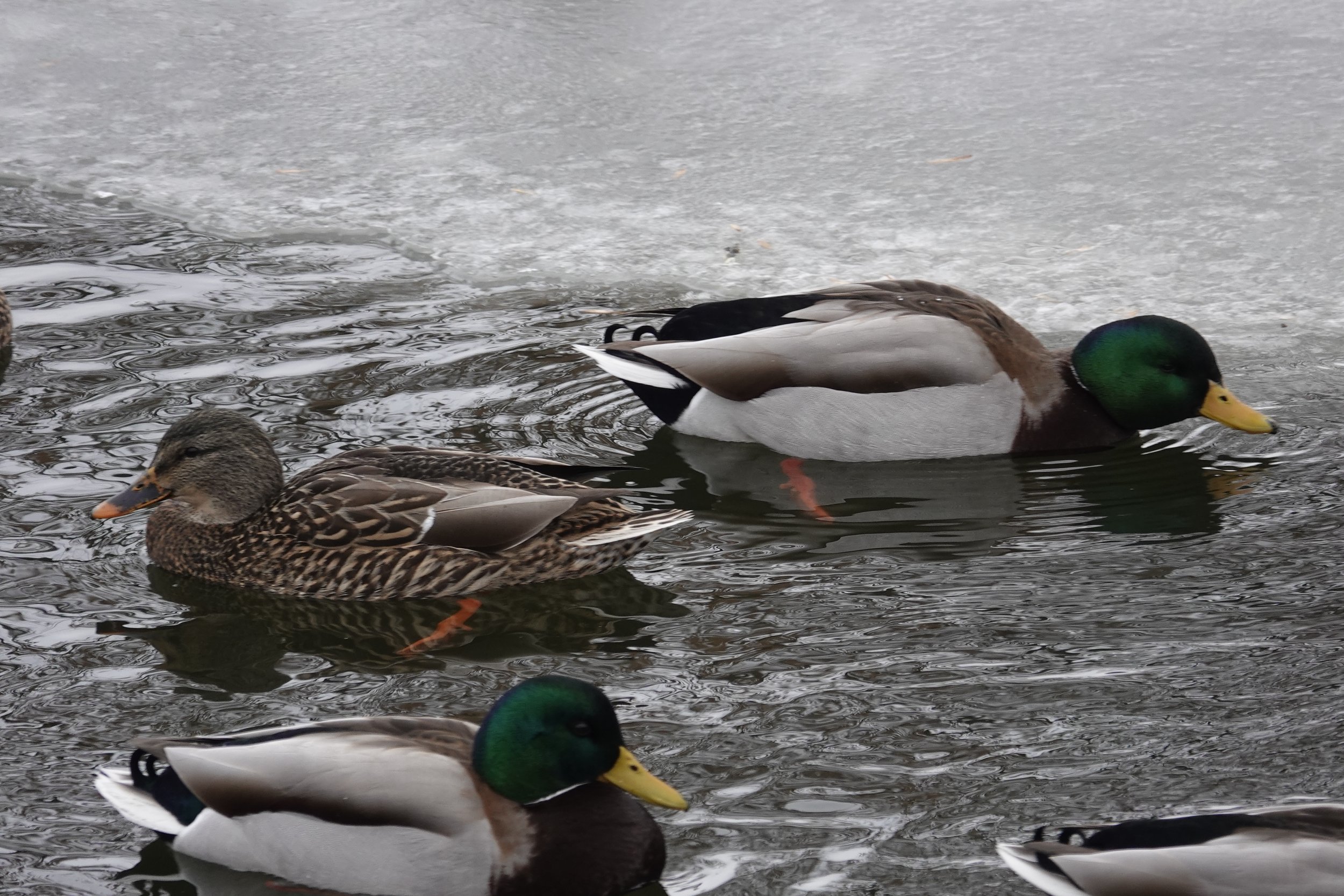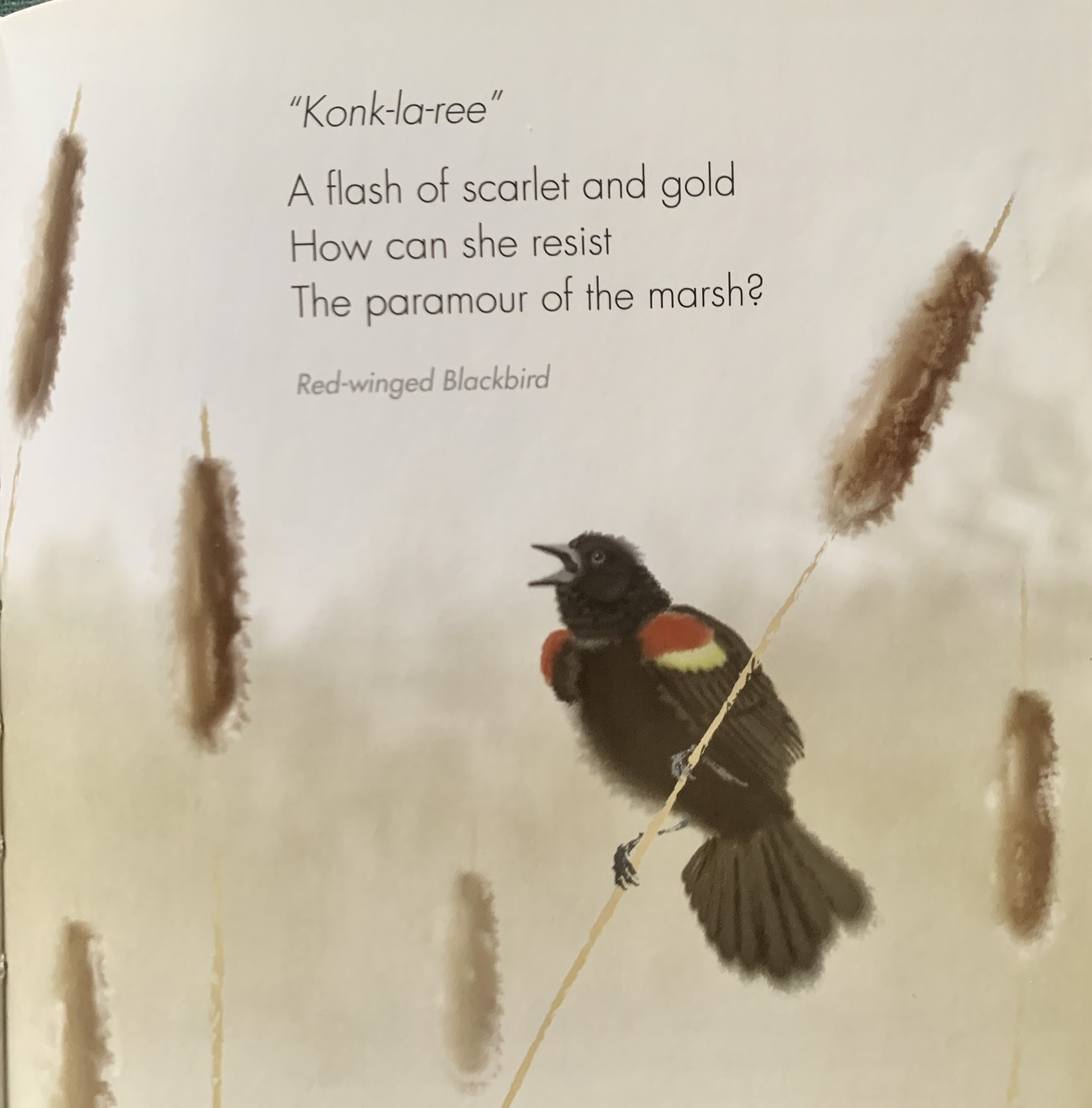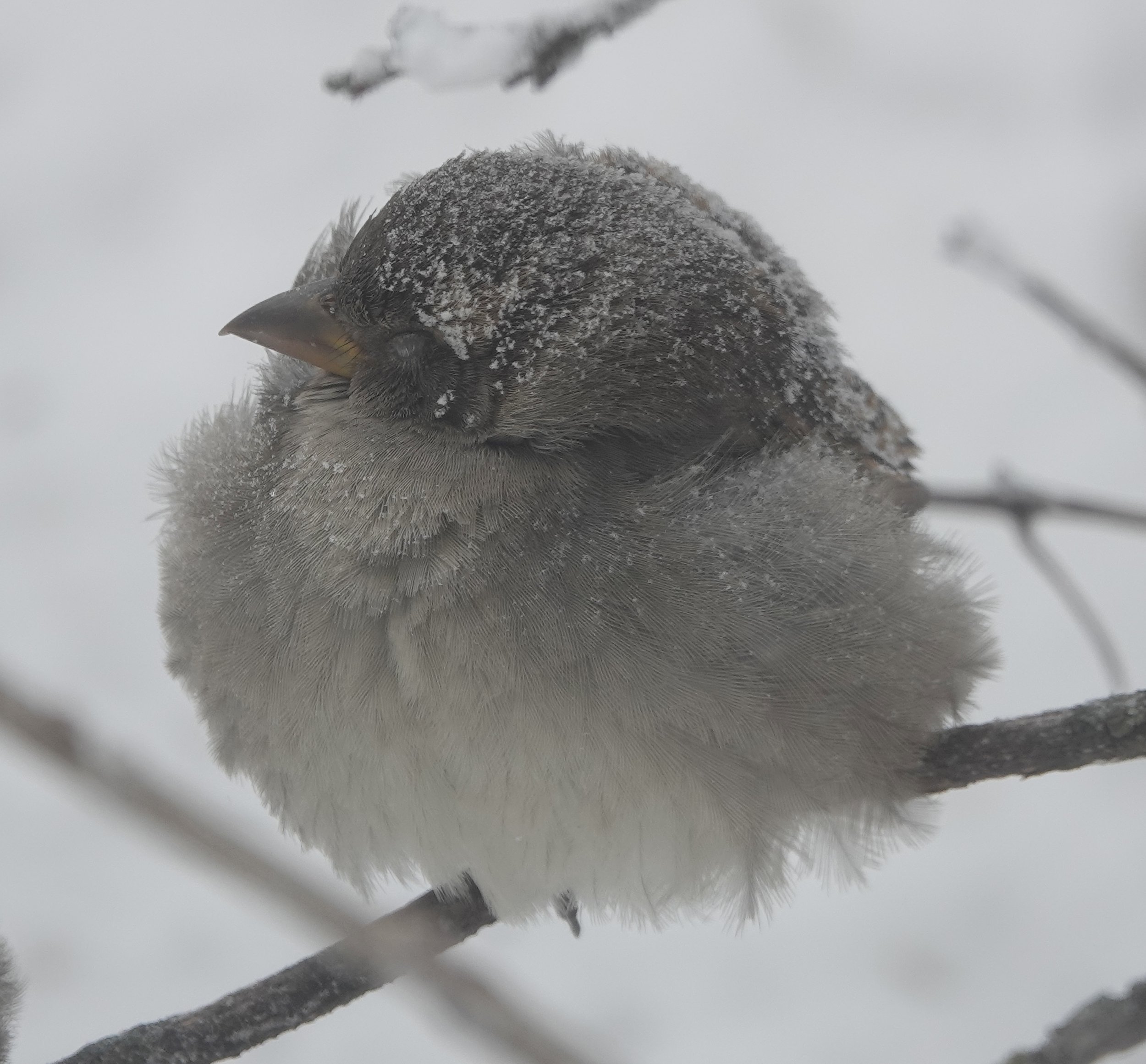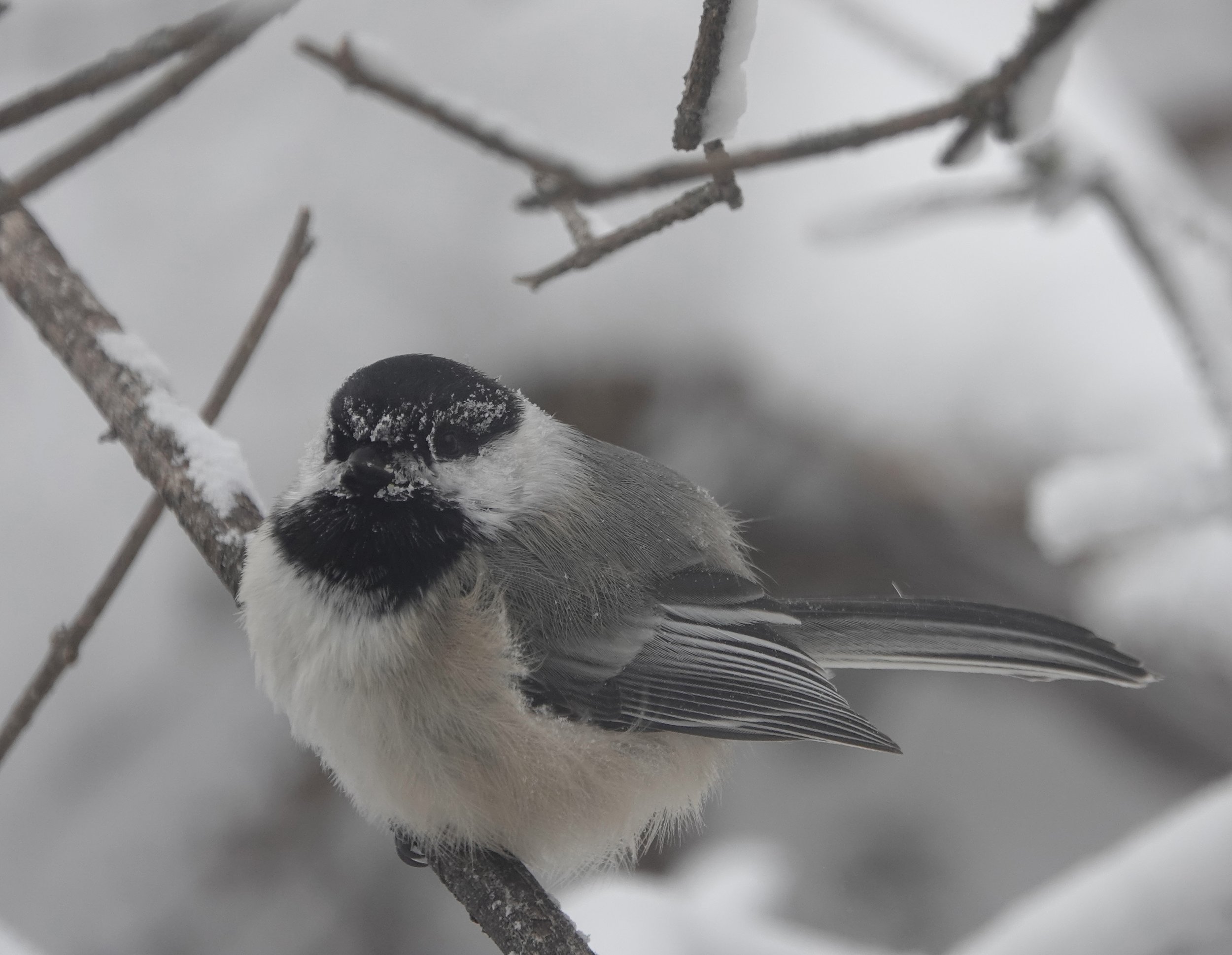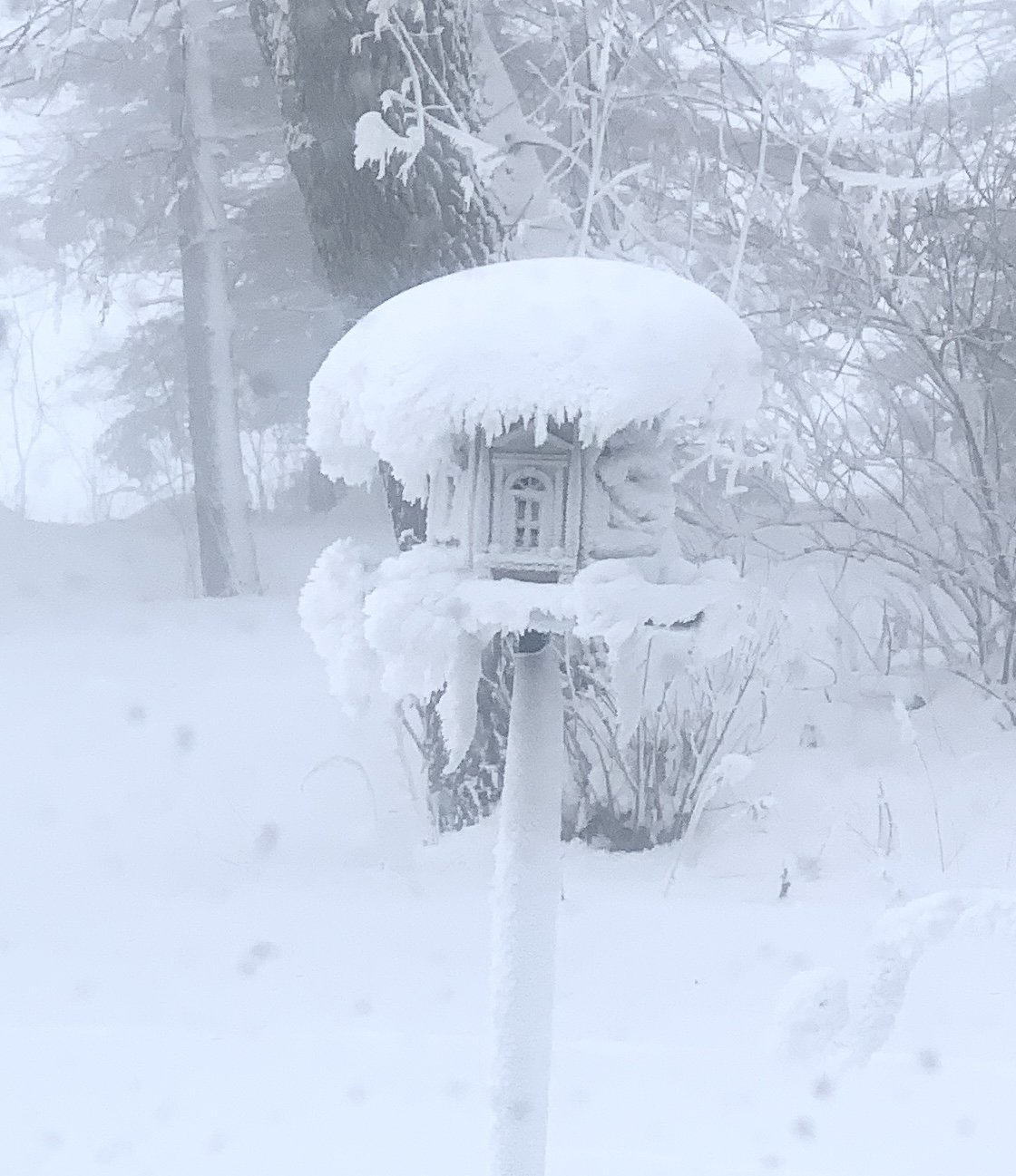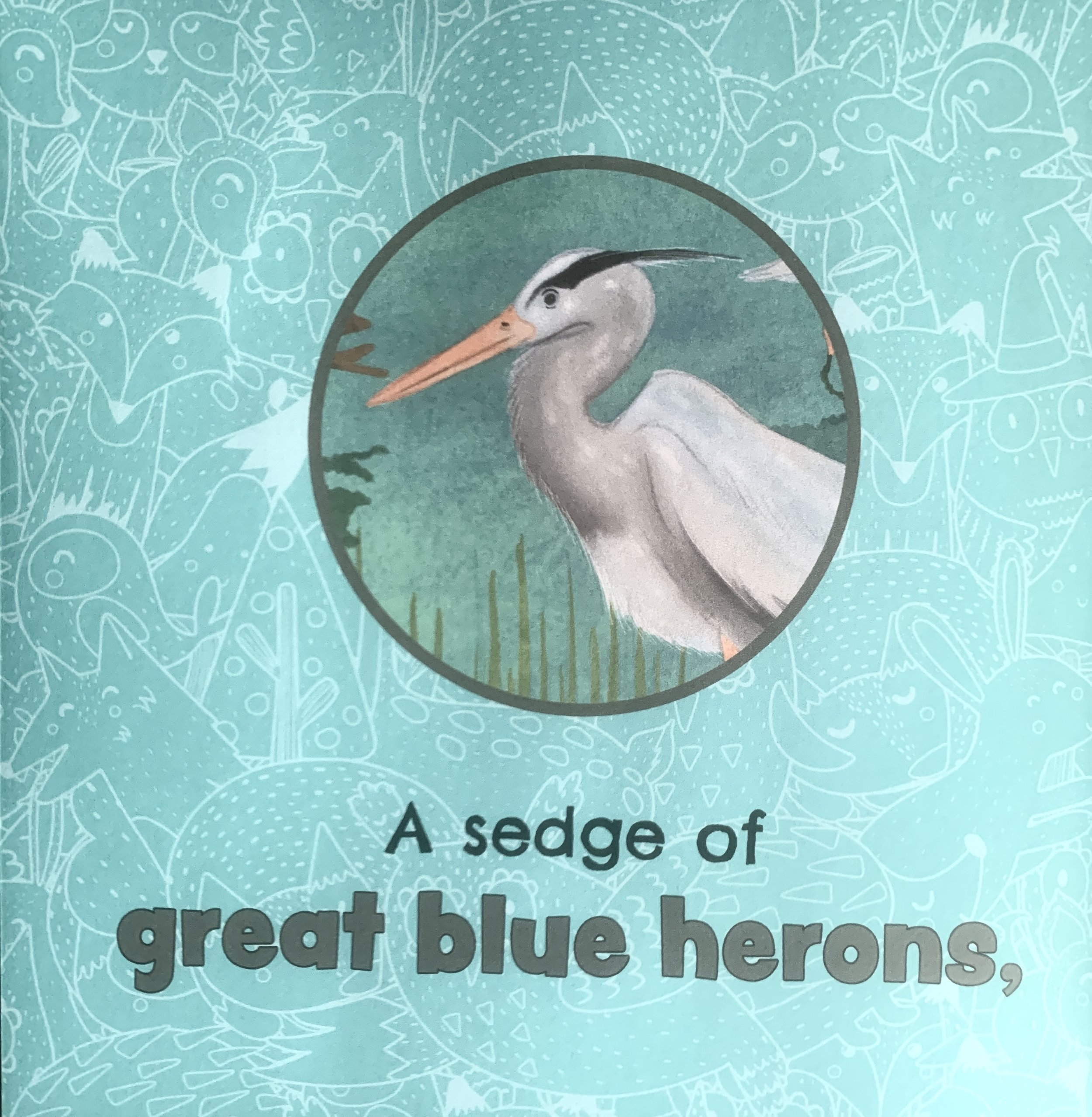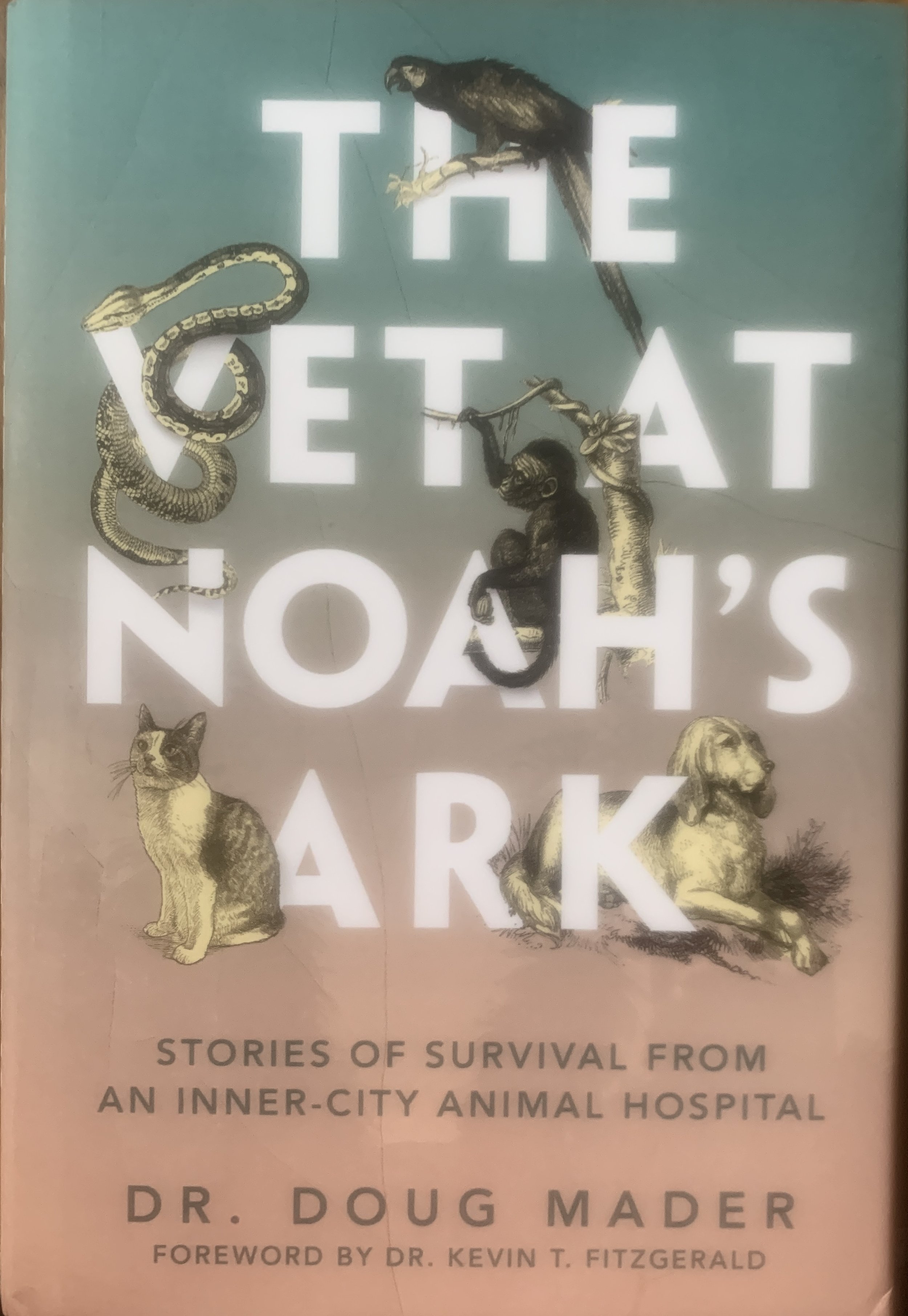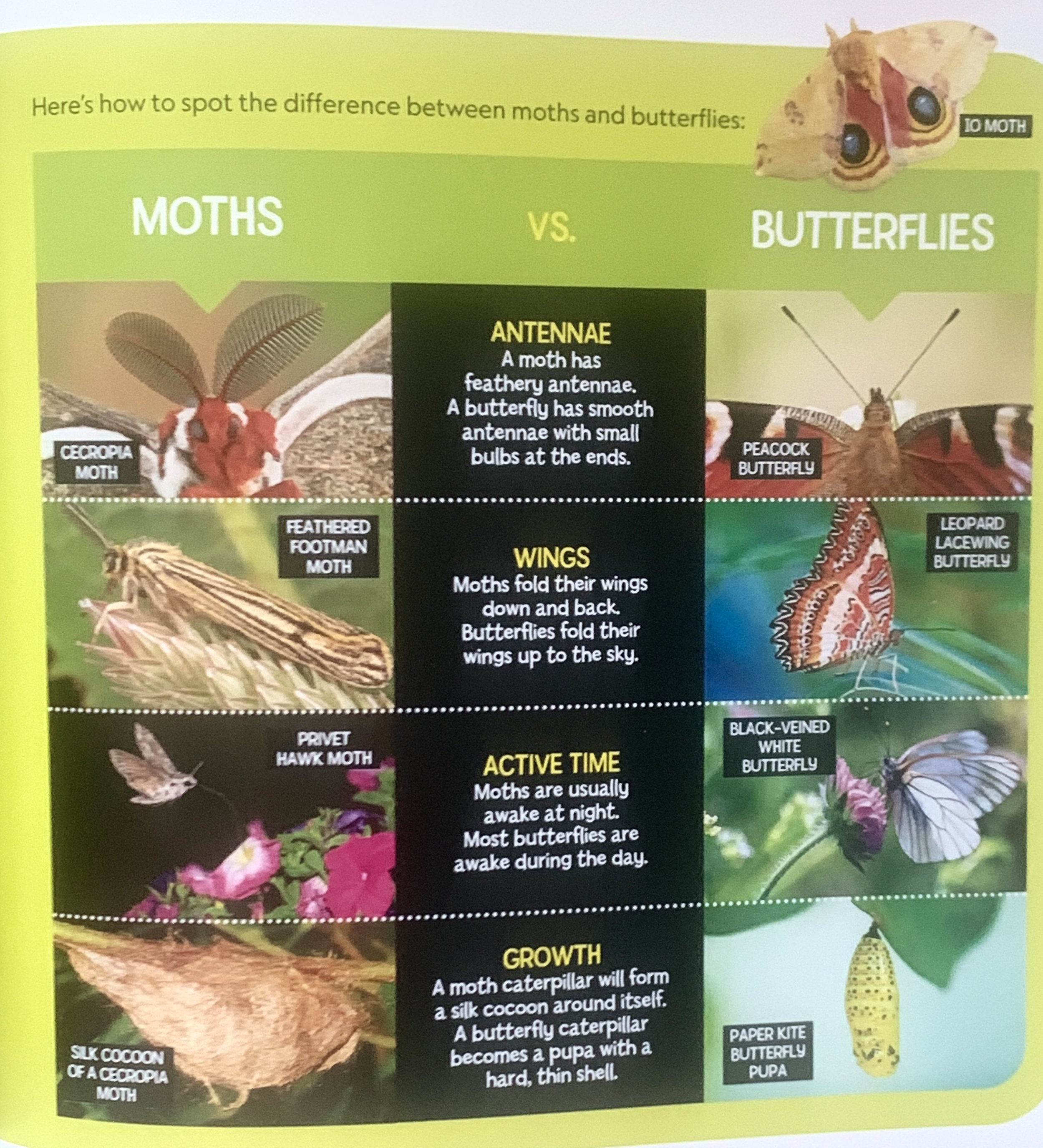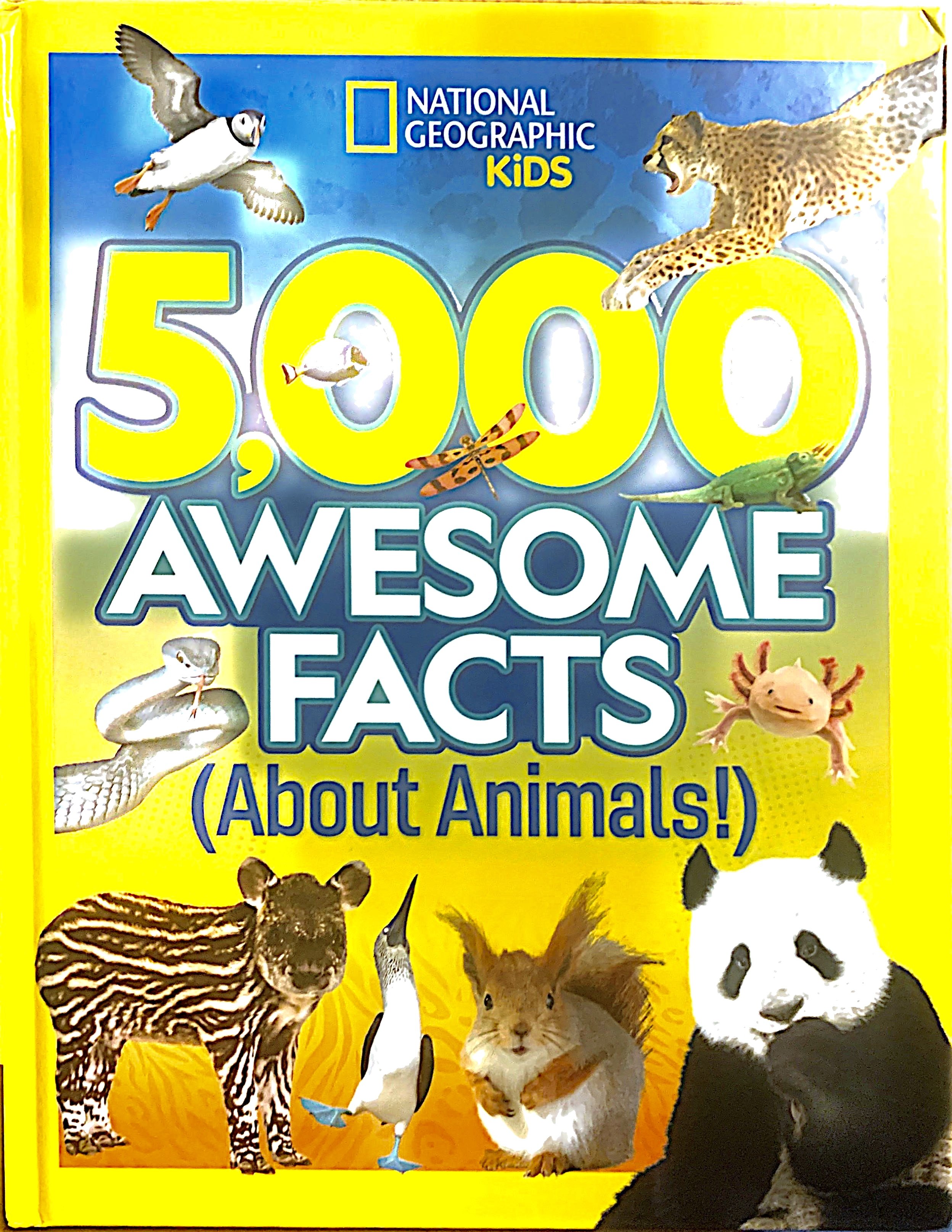Naturally
Current events include woodpeckers find timber with a good timbre. They drum on resonant wood, tattooing communication to other members of their species. Goldfinches gather yellow around their faces, barred owls become more vocal, red osier dogwood becomes the red veins of spring and weeping willows glow.
I spoke to a wonderful group called the Bronx River Sound Shore Audubon. The organization’s president, Sandy Morrissey, told me that her brother had died recently. Before he shuffled off this mortal coil, he’d built two bluebird boxes. The boxes were placed in a local park. When Sandy visited that park, there was a bluebird perched on one box. The sight made her happy beyond words with the precious memories it carried.
I saw a superabundance of raccoon tracks. They were paw prints with five long, finger-like toes that connect to a C- shaped palm pad. They resemble tiny human handprints, measuring two to three inches across. Raccoons leave a trail with side-by-side tracks with each pair of prints composed of a front paw alongside a hind paw as the rear foot lands next to the opposite front foot when the animal takes a step. The back footprint has a more forward-pointing "thumb" and a larger C-shaped palm pad.
Look for snow fleas. They bear resemblance to specks of black pepper on the snow. These primitive insects are about 1/10-inch long and a dark blue-gray. Snow fleas are wingless but can jump several inches. A snow flea has a forked appendage at the end of its abdomen called a furcula that allows it to jump and gives it the name “springtail.” Snow fleas live in the soil and leaf litter where they eat microscopic fungi, algae and decaying organic matter. They go unnoticed during the summer, but have a high tolerance for colder temperatures compared to most other insects. As the snow begins to melt in late winter, they move up through breaks in the snow. You could find them on top of the snow in potentially large numbers, especially around the base of trees. Snow fleas are harmless to people and are beneficial because they help break down organic matter, enriching the soil. They are a curiosity. People are surprised to see insects active on the surface of the snow during winter.
Q&A
Mike Bonner of Courtland asks when bluebirds return. Some migrants return as early as February, but most arrive in early March. They nest from late March to early August.
“There is a Carolina wren coming to my feeders. What could it be eating?” They eat mealworms, sunflower chips, suet, peanut butter and peanut pieces.
I spoke at the Prairie Smoke Annual Meeting in Chatfield and delighted in spending time in the company of such good folks. Several of those people mentioned seeing American kestrels this winter. One asked what they eat. Most of the Minnesota breeding population of kestrels migrates south for the winter. Males, on average, winter farther north than females. Some kestrels seen here in the winter could be northern birds that have migrated south to our area. The trend has been a general decrease in American kestrel numbers. Evidence comes from the North American Breeding Bird Survey, the Christmas Bird Count, nest box surveys and counts at migration watch sites. Predation by other raptors, herbicide and pesticide exposure, loss of habitat and competition for nest cavities likely contribute to the decline. The American kestrel, often called "sparrow hawk" in the past, isn’t a hawk. The tiny bird of prey with pointed wings and beautiful plumage is a falcon, and the smallest falcon in North America at 10 inches long, about the size of a mourning dove. I don’t think any other bird of prey in North America is as richly colored. Both sexes have a pair of black vertical slashes on the face, like sideburns and tears. Male kestrels have slate-blue wings and the wings of the females are reddish brown. They often bob their tails when perched. Unlike other falcons, which capture most of their prey in the air, kestrels capture much of their prey on the ground. Their diet includes young ground squirrels, gophers, shrews, voles, mice, young rabbits, rats, small birds, grasshoppers, crickets, beetles, butterflies, moths, dragonflies, worms, snakes, salamanders, frogs and toads. They prefer open habitats and are seen perched prominently on tree branches or utility poles while hunting. On their migration over Hawk Ridge in Duluth, kestrels catch dragonflies on the wing and eat the insects as they fly.
Thanks for stopping by
“There is no gardening without humility. Nature is constantly sending even its oldest scholars to the bottom of the class for some egregious blunder.”—Alfred Austin.
“Three grand essentials to happiness in this life are something to do, something to love, and something to hope for.”--Joseph Addison.
Do good.
©️Al Batt 2023
A mallard drake has a yellow bill and a mallard hen has a dirty orange bill. If it sounds like a duck, it’s a hen. The standard “quack” of a duck is produced by the female mallard. The male mallard makes a rasping or grunting sound. Photo by Al Batt.












